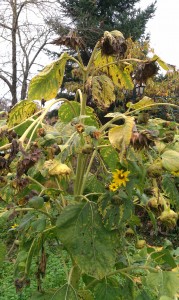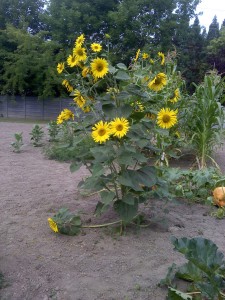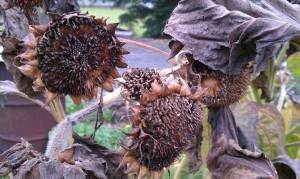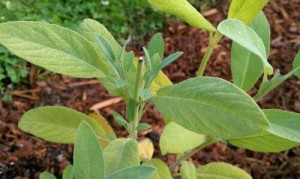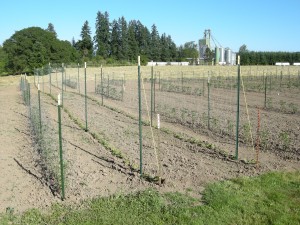This is just a quick blog entry to answer a very common question that we are asked . . . How do I save tomato seeds? This really is a two part question that I answer with a qualifying Q & A followed by a description of the process that I use.
Firstly you need to decide if the tomato that you have in hand is actually worth saving. If is it just some anonymous, generic tomato from the supermarket, it is likely a hybrid and unless it was super spectacular and you have about a decade of growing seasons to stabilize its genetics, it is probably a smarter use of your time to pass on saving its seeds. Spend two bucks for a pack of seeds for next season.
If, on the other hand, the tomato is an older variety, an open-pollinated family heirloom-type and grown in relative isolation, then definitely go for it. Saving seeds is what we are all about and I highly encourage folks to make the practice a routine to their gardening cycle. Remember, saving seeds = freedom!
Hopefully you noticed that I included a reference to isolation in the previous paragraph. Although there are folks out there that will tell you that since tomatoes have “perfect flowers” and that they don’t cross, as someone with experience in this area, I can assure you that they do.
There are many reasons tomatoes can cross, and yes I will agree that the instance is relatively low, but they still cross. It is my opinion that if you are going to save seeds, you should strive for accuracy and therefore, do all that you can to replicate varieties true-to-type. In the case of tomatoes, try and isolate varieties from each other by 15 to 20 feet with tall and / or flowering plants in between them.
O.k. – We got all of that out of the way and you have in your possession some tomatoes that you really like and that you want to grow in a future garden. Saving tomato seed is not super difficult, and some folks simply squeeze some seeds out onto a paper towel, dry them down, and plant seeds with bits of paper and all. But if you want the highest quality, professional grade seed for your personal seed bank, I would recommend making the effort to perform the fermentation process that I describe in detail on our informational website at http://www.vintageveggies.com/information/seedsave_tomato.html. I just updated it today, cleaned up some of the wording and added large photos to make the process clearer. Good luck!

Saving Tomato Seeds
